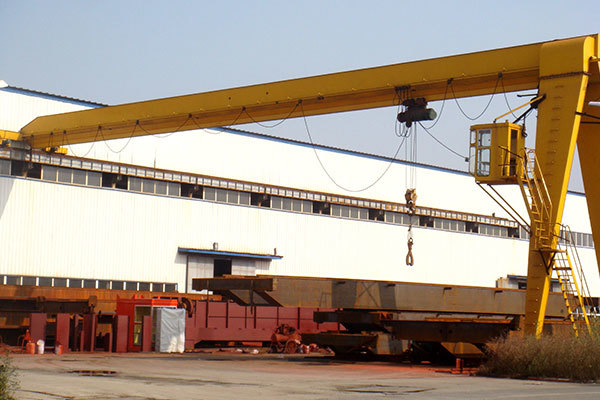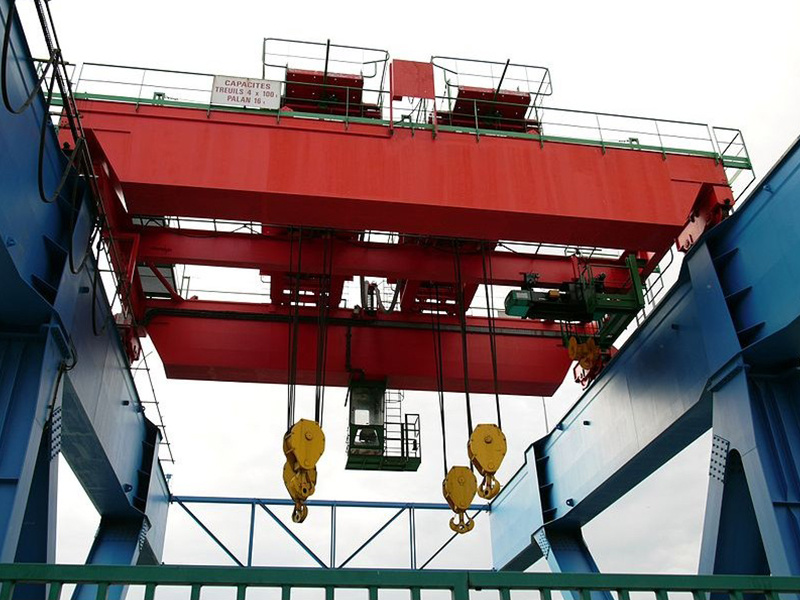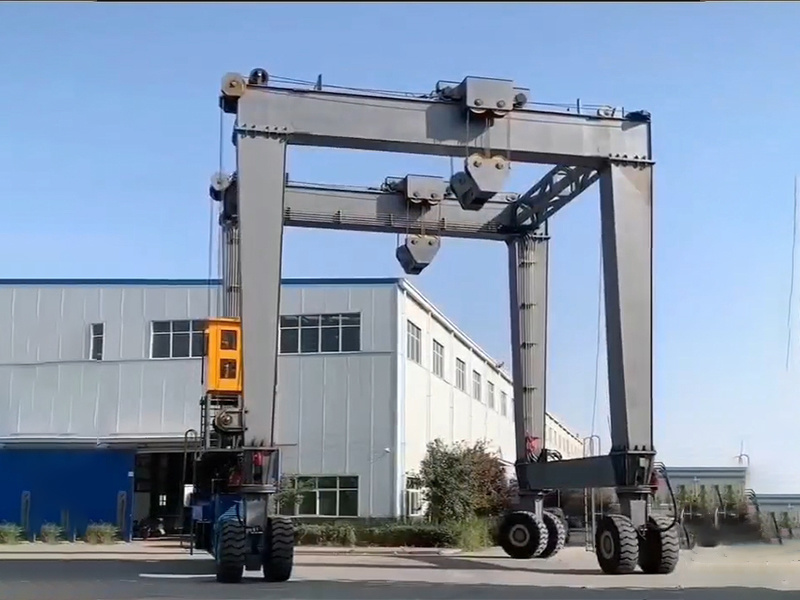Henan Aifite Intelligent Equipment Co., LTD.
Semi-gantry Crane
Classification:
Product Introduction
Semi-gantry Crane
Semi-gantry cranes have only one leg, one end of which is mounted on the crane beam of the factory building like a bridge crane, and the other leg runs along the track laid on the ground.It can be divided into track-type and trackless type. The track-type runs along a fixed track, has good stability and accurate positioning; the trackless type is relatively flexible and can move freely within a certain range.

Advantages :
• Efficient space utilization: It can make full use of the columns and brackets of the factory building. Compared with full-gantry cranes or bridge cranes, fewer supporting columns need to be erected, which can save production space. It has obvious advantages when the workshop span is large or only part of the area needs to be covered .
• Flexible matching use: It can be used with other lifting equipment such as bridge cranes in the same workshop to better meet different work needs and improve the lifting efficiency of the entire work area .
• Low cost investment: Due to the relatively simple structure, less materials and equipment are required, and the cost of procurement, installation and maintenance is relatively low. It is an economical choice for some companies or projects with limited budgets
Disadvantages:
The disadvantages of semi-gantry cranes are mainly due to their structural characteristics of "single-side support + rail operation", which have limitations in stability, working range, environmental adaptability, etc. Therefore, it is more suitable for scenarios with medium lifting weight, fixed working area, and high requirements for space utilization (such as local lifting with plant structure), while in the needs of large span, large tonnage, full area coverage or frequent transfer, full gantry cranes, bridge cranes or mobile cranes (such as crawler cranes) are often more suitable. When using, it is necessary to weigh the pros and cons according to the specific working conditions, and if necessary, make up for the shortcomings through structural optimization (such as adding auxiliary support) or supporting other equipment.
Application areas:
Industrial plant: In modern industrial plants, it is often used in conjunction with bridge cranes to cover part of the plant area for lifting and hoisting work, improving plant space utilization and work efficiency.
Station and dock: It can be used for loading and unloading and handling of goods. Its structural characteristics enable it to efficiently complete operations in a limited space and adapt to the lifting needs of different goods.
Construction site: It is used to lift building materials, components, etc., such as steel, cement boards, prefabricated components, etc., to facilitate construction and improve construction efficiency.
Hydropower station: During the construction and operation of hydropower stations, it can be used to lift equipment, parts, etc., such as the installation and maintenance of large components such as generator stators and rotors.
Bulk material handling sites: Such as bulk material storage yards in power plants, steel mills, chemical plants, etc., semi-gantry scraper reclaimers, as a special semi-gantry machine, can be used for reclaiming operations, with the advantages of small footprint, large storage capacity, and large production capacity
Keyword:
Previous Page:
Next Page:
Feedback
Leave a message online and get the product quotation free of charge. We will arrange the specialist to contact you as soon as possible.







